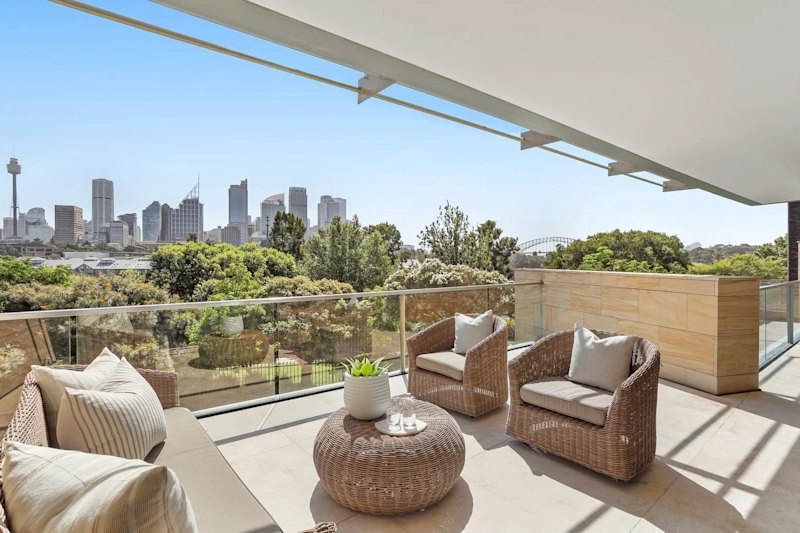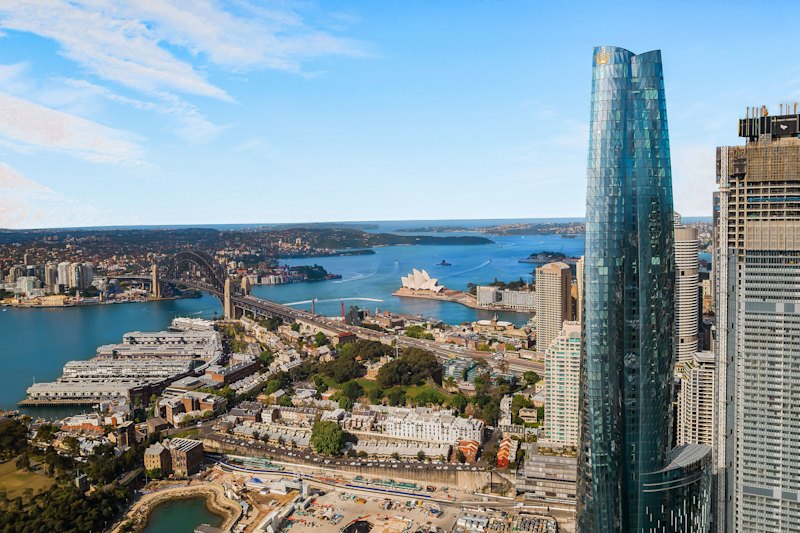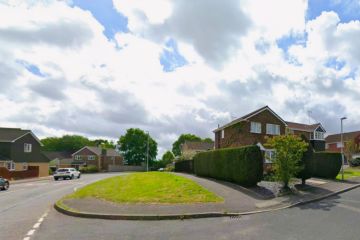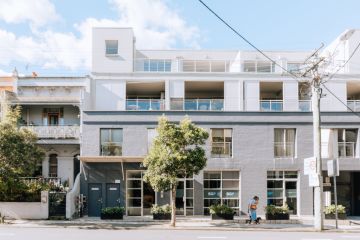More properties are selling at a discount, but the discounts are getting smaller
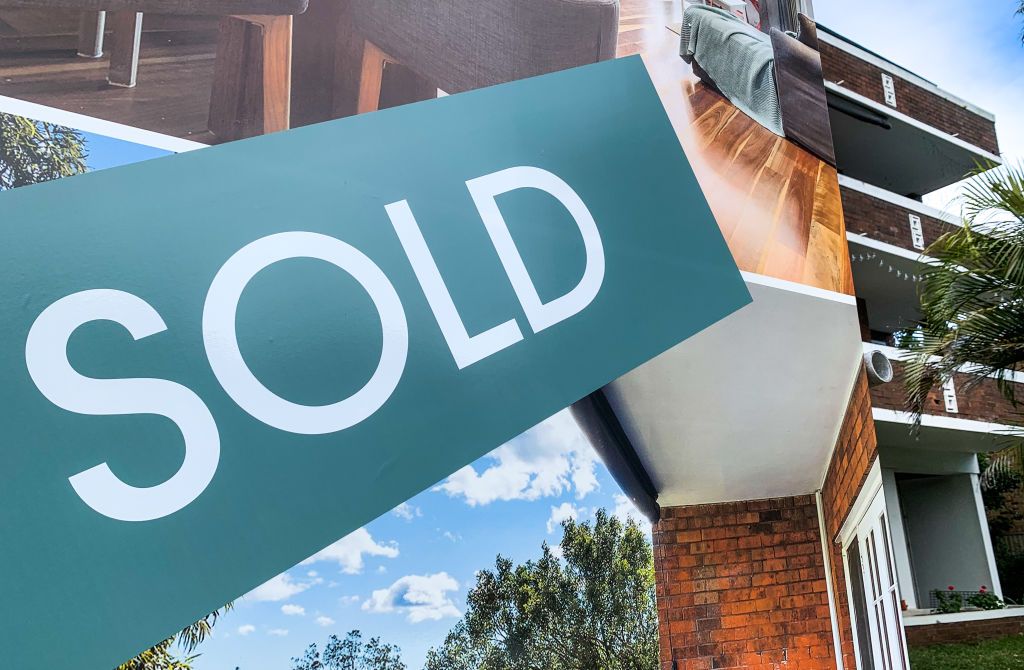
Property buyers in Melbourne can expect more bargains than anyone else in Australia, with more than one in 10 home owners offering a discount on the sales price – a number nearly 10 per cent up on this time last year.
New Domain figures reveal that 12.7 per cent of vendors in November gave buyers a markdown on the advertised price tag, compared to just 3.7 per cent doing that in November 2019.
But then the discounts themselves aren’t proving to be so big-hearted, at an average of four per cent, only slightly more generous than last year’s 3.8 per cent off. But it was the only capital city where more money was knocked off this year than last.
“Melbourne was much more broadly impacted by COVID-19,” said property market commentator Anna Porter, the founder of Suburbanite. “There’s been far more fall-out for local business and employment than the other capital cities have seen, so more people are feeling the pinch.
“Some of those may be needing to sell, and there’s nothing that secures a sale quicker than a price adjustment. Generally, around the rest of Australia, the property market is looking pretty strong and has been propped up by the government, and people have more confidence.”
While the other capital cities all also notched up greater numbers of homes being discounted than this time last year, the savings in November 2020 were all less than was being offered in November 2019.
Property analyst Angie Zigomanis of BIS Shrapnel business research and forecasters believes the smaller discounts are a result of the comparative strength of the property market nationally now, compared to at the end of 2019.
“Back then it was weaker although it did start to pick back up after the May federal election and the easing of APRA restrictions,” said Mr Zigomanis. “It was achieving some momentum by the time COVID hit, but the market is much stronger now.
“Having been through what we just have, people are more likely to ask a more realistic price from buyers, and meet the market, so agents don’t have to discount. On the other hand, there might be a lot more vendors who are stressed, which would explain why a bigger percentage of properties are being discounted, and buyers might be happy to take the first offer that comes along.”
In Sydney, for instance, the city that chalked up the next-biggest rise in the number of homes being bought at a discount – defined as the difference between the price advertised and the price a property eventually sells for – the number was 7.2 per cent up on what it was in 2019 number. However, there wasn’t much of a saving.
Whereas last year, buyers secured discounts of 5.1 per cent of the price, last month they were being offered only 4.3 per cent off.
PROPORTION OF SALE LISTINGS WITH PRICE DISCOUNT
| Nov-19 | Nov-20 | Annual change, percentage points | |
| Sydney | 5.6% | 12.8% | 7.20% |
| Melbourne | 3.7% | 12.7% | 9.0% |
| Brisbane | 4.7% | 7.7% | 3.0% |
| Adelaide | 3.3% | 8.7% | 5.4% |
| Perth | 5.3% | 8.1% | 2.8% |
| Canberra | 5.1% | 7.0% | 1.9% |
| Darwin | 4.9% | 6.5% | 1.6% |
| Hobart | 3.1% | 5.0% | 1.9% |
Source: Domain
Tim McKibbin, CEO of the Real Estate Institute of NSW, said the smaller discounts on those Sydney prices are indicative of the strength of that market.
“We still have a supply shortage of property in Sydney, very low interest rates and, despite the narrative about unemployment, the impact on the housing market wasn’t anywhere near as bad as some people predicted,” he said.
“So, as a consequence, the market has chugged along without having to offer big discounts to persuade people to buy.”
The larger number of overall discounts may, however, have been caused by different pockets of Sydney that were more impacted by the pandemic than most.
“In some areas of Sydney, where people moved away because of COVID or which didn’t have overseas students where rents have fallen which would be deterring investors, they’d be offering discounts on more properties,” said Mr McKibbin.
Adelaide had the next biggest rise in the number of homes being sold at a discount – 8.7 per cent this November compared to 3.3 per cent last year, a rise of 5.4 percentage points. But the average discount is now 3.9 per cent, compared to 4.6 per cent this time last year.
PERCENTAGE OF SALE PRICE EDIT
| Nov-19 | Nov-20 | Annual change, percentage points | |
| Sydney | -5.1% | -4.3% | 0.8% |
| Melbourne | -3.8% | -4.0% | -0.2% |
| Brisbane | -4.9% | -4.5% | 0.4% |
| Adelaide | -4.6% | -3.9% | 0.7 |
| Perth | -4.9% | -4.3% | 0.6% |
| Canberra | -3.3% | -3.0% | 0.3% |
| Darwin | -6.1% | -4.4% | 1.7% |
| Hobart | -7.0% | -4.9% | 2.1% |
Source: Domain
In Brisbane, with a 3 per cent rise in the number of homes discounted, the average discount is 4.5 per cent, compared to last year’s 4.9 per cent.
Perth similarly has experienced a jump in the number of discounts being offered, up from 5.3 per cent to 8.1 per cent, but the discount is 4.3 per cent, down from 4.9 per cent last year.
Darwin is showing the smallest rise in the number of discounted properties, from 4.9 per cent to 6.5 per cent, while Hobart and Canberra numbers are both up just 1.9 per cent.
The biggest discounts overall, however, are in Hobart – with an average of 4.9 per cent off, even though that’s down from last year’s 6.1 per cent – and Brisbane at 4.5 per cent, which is slightly down from last year’s 4.9 per cent.
Long-time Tasmanian agent Adrian Kelly, the CEO of View Real Estate and national president of the ReaI Estate Institute of Australia, says it’s possibly only some discounting at the top end which is pushing the figure up for Hobart.
“The market is very strong here at the moment, but perhaps there’s been a number of sales in the top end where people have adjusted the price, and that’s thrown out the overall percentages,” he said. “If you have a $2 million property that sells for $1.7 million that’ll have a big impact when our median price is still only $700,000-plus.”
The discounting is still concentrated in certain areas of different cities and regions, however. Sydney’s city and eastern suburbs have had the highest percentage of homes discounted, at 16.1 per cent, compared to 7.4 per cent this time last year.
Canterbury-Bankstown has the next highest percentage of discounts being offered, at 15.3 per cent, up from 5.9 per cent. Then there’s the Lower North Shore at 15.1 per cent, and the Northern Beaches at 14.2 per cent.
The area of Victoria with the highest percentage of discounted properties is the Mornington Peninsula, at 11 per cent, a rate which last year sat at just 2.8 per cent.
“That could be a reflection of the fact that it’s a holiday area and people with holiday homes might be feeling the pinch and selling at a discount,” said Mr Zigomanis. “They probably see this as a good time to sell too with buoyant demand from potential sea changers. “
In NSW, the areas with similar percentages are the Blue Mountains at 11.2 per cent, and the Central Coast at 10.3 per cent, both also sea or tree changer destinations.
We recommend
We thought you might like
States
Capital Cities
Capital Cities - Rentals
Popular Areas
Allhomes
More
- © 2025, CoStar Group Inc.

